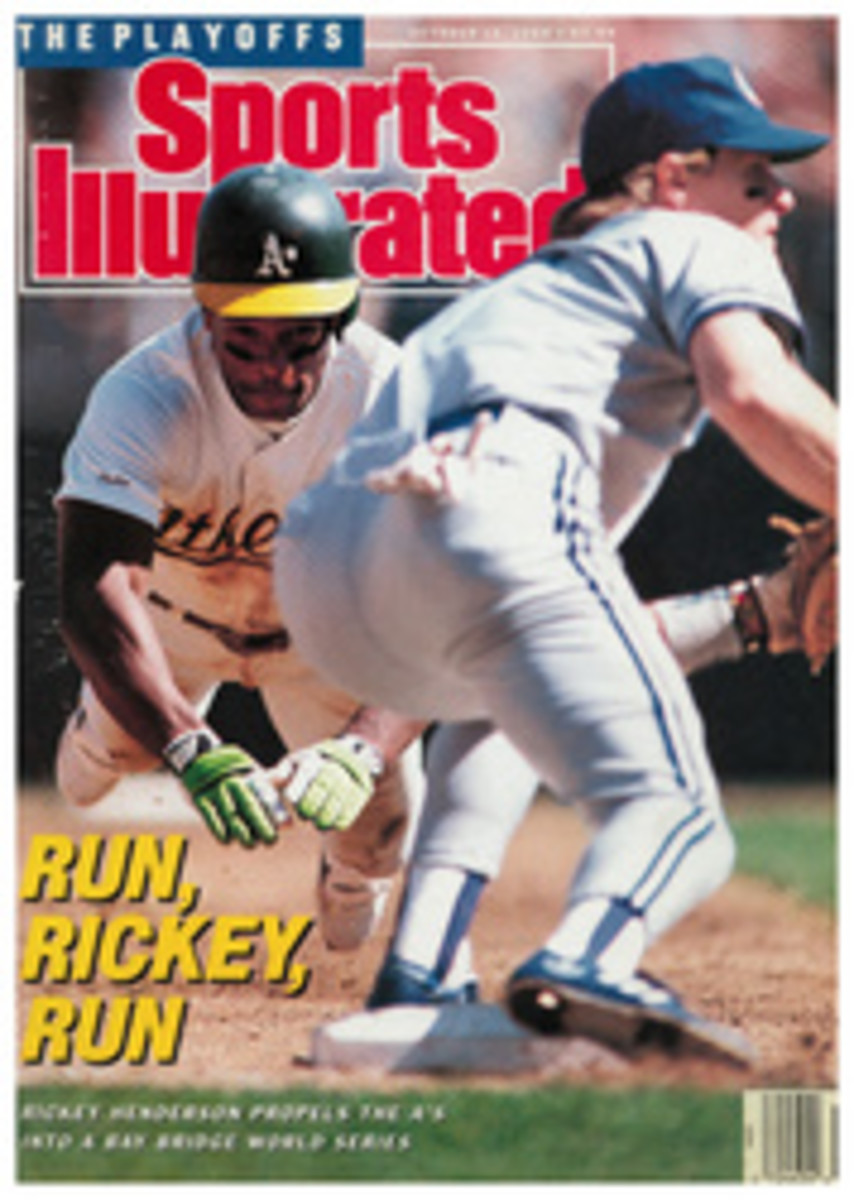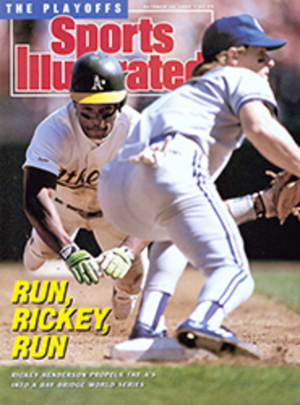
FROM THE PUBLISHER
The challenge for contributing photographer Brian Lanker was to show exactly what a one-way ticket to Palookaville looks like when it has been handstamped onto a boxer's face. So for the pictures that accompany Rick Reilly's story You Can Count Them Out, beginning on page 86, Lanker used a cumbersome, old-fashioned-looking 8" X 10" view camera with bellows, similar to the type used by Mathew Brady to chronicle the Civil War. Lanker, whose beard makes him look slightly Bradyesque, took the close-ups while standing behind the bellows with a dark cloth draped over his head.
"One of the things I thought was important was for the reader to feel the texture of the fighter's skin," Lanker says. "You're talking about guys who have been in enormous numbers of fights. I wanted to portray that physically, so that people could actually see into the pores of the skin."
Finding a way to step into his subjects' skin has always been Lanker's greatest gift, and it was his greatest challenge during the two years he spent taking the portraits of the 75 black women that make up I Dream a World, a book now in its sixth printing. The photographs are currently on display at the International Center of Photography in New York City.
Lanker conducted lengthy interviews with each of the women before he started shooting the portraits, allowing their voices to illuminate their lives with available light. "You need to feel what they experienced—their wisdom, their love, their dignity and, most important, their pain," he says. Perhaps surprisingly, there are only three athletes—Althea Gibson, Wilma Rudolph and Wyomia Tyus—in I Dream a World.
"These athletes were born before the civil rights movement and helped reshape their world," Lanker says. "The Jackie Joyner-Kersees and the Debi Thomases are beneficiaries of the groundwork laid by people like Wilma Rudolph and Althea Gibson, who were real role models."
Readers of SPORTS ILLUSTRATED have grown accustomed to the loving care with which Lanker composes his picture stories. In 1984 he transformed a photo essay on surviving gold medalists from the 1932 summer Olympics into memorable talking pictures by presenting startled editors with transcripts of his lively interviews with the golden oldies. "We knew he was a great photographer," said executive editor Peter Carry, "but we never dreamed he was also a first-rate reporter."
The publication of a group of Lanker photos is always a special occasion. This week is no exception.
PHOTO
BRIAN JIM
Lanker's gift is stepping into a subject's skin.

